Armenian Food: Basic Overview
Common Ingredients
Common Cooking Methods
Courses
Meals
Key Taste
Eating Etiquette
Meal Presentation
Culinary Festivals
Influence and Fusion
Popular Types of Armenian Food
-
Grilled and Barbecued Dishes
These delights are central to Armenian cuisine, especially at social gatherings and family meals.
They often use meats like lamb and beef, marinated and cooked over open flames.
-
Soups
Armenian soups are diverse, from hearty, meat-based broths to lighter, vegetable-based offerings.
They are commonly flavored with a variety of herbs and spices.
-
Bread and Doughs
Lavash is the most iconic bread in the country.
Armenian breads are normally baked in traditional ovens. They are staples in Armenian diets and are revered for their simplicity.
However, many Traditional Armenian breads are made from wheat flour and are not suitable for a gluten-free diet.
-
Desserts
Armenian desserts are characterized by their use of nuts, fruits, and honey.
Some are essential parts of festive celebrations.
Armenian dishes reflect the country’s long history and its position, a landlocked country located in the South Caucasus region at the crossroads of Eastern Europe and Western Asia.
Due to its rich history and interactions with empires and cultures, Armenian delicacies have experienced influences from its neighbors in the South Caucasus, Persia (modern-day Iran), and some Levantine cuisines.
Armenian dishes often feature the use of fresh ingredients, like herbs, spices, meats (like lamb and beef), grains, legumes, fruits, vegetables, and dairy products.
Here, you’ll find some of the most popular dishes in Armenia. Each has all the information about their main ingredients, cooking methods, varieties, origin, or cultural roles.
It’s valuable to explore additional information on the nation’s traditional food, its international popularity, and its nutritional advantages. Then, you’ll figure out the general view of Armenian food culture and its similarity to other cuisines. Read on!
21 Popular Armenian Dishes with Filters
Prepare to explore the 21 most loved Armenian dishes with many insights and advanced filters available.
Additionally, here is the overview of six dish groups, including the most famous dishes, traditional recipes, national favorites, street foods, fusion creations, and exotic delights.
Many traditional dishes highlight fresh, local ingredients (e.g., grains, legumes, vegetables, and meats) and slow-cooking methods that bring out the depth of flavor in each dish.
Armenian street food ranges from savory snacks and grilled meat to sweet treats made with fruits, nuts, or honey.
Due to Armenia’s location at the crossroads of Europe, Asia, and the Middle East, its cuisine naturally embraces fusion elements that blend local traditions with external influences.
Khorovats
- National
- Street Food
- Traditional
Khorovats is a national Armenian barbecue, typically featuring grilled meat, such as lamb, pork, beef, and sometimes chicken.
Some vegetables also appear in this Armenian barbecue, like bell peppers, tomatoes, and onion.
The meat is marinated before grilling on a skewer or shampoor. The result is smoky and tender meat. Plus, khorovats are usually for special occasions.
Lavash
- Street Food
- Traditional
Lavash is a traditional thin flatbread in Armenia. As one of the most popular local breads, lavash was regarded as an Intangible Cultural Heritage in 2014.
Made with flour, yeast, sugar, salt, and water, lavash is traditionally leavened and baked in a tandoor (urn-shaped oven) or a sajj (metal cooking utensil).
Sometimes, poppy seeds or sesame seeds are sprinkled on top before baking.
Lavash is usable, whether dried or fresh. Fresh lavash is quite soft and suitable for making wraps, like with khorovats. Dried lavash is harder, often broken to make khash (boiled cow or sheep). Native people also sprinkle water to rehydrate the dried version.
Harisa
- National
- Traditional
Harisa is the local name for harees in Armenia. It is considered the national food here.
Harisa is a thick porridge made with korkot (dried cracked wheat) and meat rich in fat like chicken or lamb. This thick porridge usually takes a long time to cook.
Besides a regular dish, harisa is also an Armenian Easter food. On religious events requiring fasting, meat is replaced with herbs in harisa.
Pilaf
- Street Food
- Traditional
Pilaf is a mixed rice dish widely eaten in Armenia, usually cooking bulgur in stock with allspice, mint, and parsley.
Sometimes, orzo or vermicelli replaces bulgur in this mixed rice. The locals even create a traditional version with almonds, allspice, and raisins in the stock.
Pilaf’s cooking methods vary depending on the chef. Some suggest stir-frying the noodles in chicken fat before cooking. Others suggest rendering poultry fat with red pepper until it turns red and using it to make pilaf.
Khash
- Traditional
Khash is a classic Armenian dish with boiled cow or lamb meat. Some variations even include the head, feet, or stomach.
The preparation of Khash is quite time-intensive. The meat parts are thoroughly cleaned and then simmered or stewed for a very long time, resulting in tender meat and rich broth.
It’s typically served with a side of dried lavash.
The locals believe khash has healing properties, especially when made with a young goat or sheep’s legs. Some regions even eat khash in the morning after a drinking party to reduce hangovers.
Dolma
- Exotic
- Traditional
Dolma refers to various stuffed dishes eaten through generations in Armenia. Local dolma uses from vegetables like vine leaves and cabbage to seafood, offal, and fruits for wrappings.
Stuffed vine leaves are called “tolma” and filled with meat or grain. Meanwhile, the local name cabbage rolls “pasuts tolma” and use 7 different grains: beans, chickpeas, cracked wheat, lentils, maize, peas, and rice, for the filling.
As for seafood, uskumru (stuffed mackerel) is a well-regarded Armenian dish. And dalak dolmasi (stuffed spleen) and stuffed melons are 2 representatives for the offal and fruit categories.
Local residents love dolma to the point that they hold an annual festival called Uduli to celebrate this stuffed dish.
Zhingyalov Hats
- Street Food
- Traditional
Zhingyalov hats is a traditional Armenian stuffed flatbread from Artsakh and Syunik. The stuffings are 20 to 30 different types of fresh herbs and leafy greens, like atriplex, beet greens, spinach, shepherd’s purse, viola leaves, etc.
The herb mixture is spread onto one half of the rolled-out dough, then the other half is folded over to create a half-moon shape.
Then, this stuffed flatbread is fried on a saj (a special griddle) or in a tandoor. The result is crispy and golden brown outside, while the inside remains soft and moist.
Zhingyalov hats often appear during the Great Lent, paired with beer, ayran (savory yogurt drink), or wine.
Matnakash
- Traditional
Matnakash is a traditional Armenian leavened bread, with its name meaning “finger draw” or “finger pull”.
This finger-draw bread mixes wheat flour with sourdough starter or yeast before being shaped into an oval or round shape.
Matnakash gets a coating of sweetened tea essence before baking for a golden-brown crust.
Gata
- Traditional
Gata is an Armenian sweet bread with several varieties based on area. They come in different decorations, shapes, and sizes, from round and 1-foot diameter to triangular shape and without decoration.
Some gatas roll enriched bread dough into paper-thin sheets and spread butter before rolling back and baking until crisp. Meanwhile, others are made with leavened dough, hence a cake-like texture and sweeter flavor.
The leavened dough version then evolves into koritz with a filling of nuts, butter, flour, and sugar. Overall, gata is a must-have treat for various local feasts, such as the Candlemas.
Ghapama
- Exotic
- Traditional
Ghapama is an Armenian Christmas food in the form of a stuffed pumpkin. Ghapama starts with removing the pumpkin’s guts and filling it with boiled rice and various dried fruits, like almonds, apples, apricots, cornel, dates, plums, prunes, and raisins.
The pumpkin usually gets a pouring of honey and a sprinkle of cinnamon or sugar before baking. The locals then slice ghapama into portions and serve them.
Lahmacun
- Fusion
- Street Food
- Traditional
Lahmacun is a popular flatbread also called “Armenia pizza”. The reason is that lahmacun gets various toppings, such as minced meat, herbs, spices, and vegetables, like pizza.
However, lahmacun has no cheese, and its crust is thinner. Chili pepper, garlic, onions, paprika, parsley, red peppers, and tomatoes are regular herbs and spices used in lahmacun.
Besides eating it on its own, the locals also use lahmacun to wrap around different vegetables, like roasted eggplants, pickles, and tomatoes.
Manti
- Traditional
Manti is a dumpling found in Armenia and other regions, like the Balkans, South Caucasus, and Central Asia.
This dumpling usually consists of a thin dough sheet as a wrap and a spiced meat mixture as fillings.
Local manti is always baked until crunchy and served with matzoon (fermented milk), sour cream, or clear soup. Manti is more popular in the Western areas because the Eastern areas have khinkali, a similar dumpling.
Basturma
- Exotic
- Traditional
Basturma, or pastirma, is an air-dried cured beef possibly originating in ancient Armenia. Basturma usually uses beef or water buffalo, but other meat like camel, goat, horse, or lamb is acceptable.
The meat is usually rinsed and salted before drying and cold-pressing for up to 16 hours. Afterward, the pressed meat is dried again for several days and hot-pressed. The result is coated with cemen, a fenugreek seed paste, and dried the last time.
Basturma is often eaten with chee kofta and churchkhela (candle-shaped candy) on New Year’s Eve. Several pizzerias even use this air-dried cured beef as a topping for pizzas.
Tjvjik
- Street Food
- Traditional
Tjvjik is an Armenian dish using liver from beef, chicken, lamb, or pork. Tjvjik sometimes includes other offal parts, like kidneys.
The liver is fried with tail fat until half-cooked before chopped onion and tomato puree go in. The rest is waiting for tjvjik to become tender and served with parsley.
Eetch
- Traditional
Eetch is an Armenian salad similar to tabbouleh (Levantine salad).
The salad has a signature red color from crushed or pureed tomatoes. Other ingredients are bell peppers, lemon, olive oil, onion, paprika, and parsley.
Besides a salad, eetch is also served as a spread or side dish, whether warm or room temperature.
Kyufta
- Street Food
- Traditional
Kyufta is a type of meatball or meat patty in Armenia. It’s made from ground meat, often a mix of beef and pork or lamb, combined with spices, onions, and sometimes fine bulgur or rice.
The mixture is hand-formed into oval or round shapes and can be boiled, grilled, or fried. Kyufta has a tender texture with a flavorful and aromatic taste.
Spas
- Traditional
Spas is an Armenian yogurt-based soup made with matzoon and hulled wheat or rice. An egg or egg yolk is added to prevent this yogurt soup from curdling.
Spas is suitable for serving both hot and cold, with a sprinkle of leaf vegetables like spinach or herb as a garnish. When eaten hot, meatballs are a flavorsome addition.
Bozbash
- Traditional
Bozbash is a meat stew or soup popular in Armenia with roots in Iran.
This meat stew mainly consists of lamb, dried limes, leeks, onions, red or white beans, other green vegetables, herbs, and spices, all simmered at low temperatures for hours.
You’ll also find a unique local bozbash with lamb, apple, mint, and quince that is hard to find elsewhere.
Tarhana Soup
- Traditional
Tarhana soup is an Armenian soup made with tarhana, a mixture of eggs, matzoon, starch, and wheat flour.
To make tarhana, these ingredients are mixed into a dough and then dried. Since tarhana has a low moisture content, it’s able to last long if preserved in glass containers.
The locals make tarhana by dissolving tarhana in hot liquids like milk, stock, or water. The soup is usually quite thick.
Qurabiya
- Exotic
- Traditional
Qurabiya is a butter cookie known in Armenia under the name “khourabia”; some even refer to it as shortbread cookies in English. Khourabia traditionally requires only 3 ingredients: butter, flour, and sugar.
Later, locals add more ingredients, like cinnamon, eggs, or walnuts. Khourabia usually has the shape of bread, horseshoe, or wheat ear.
These butter cookies are a must-have during the Christmas, Easter, and New Year holidays as a symbol of health and prosperity.
Baklava
- Traditional
Baklava, or pakhlava, is a layered pastry dessert in Armenia with layers of filo pastry and a filling of chopped nuts.
Native people often flavor pakhlava with cinnamon and cloves. The local Greek-style baklava usually has 33 layers, referring to the years in Christ’s life.
What Is Armenian Food Culture?
Armenian cuisine is created from various aspects. Among them, these are the main reasons:
Armenian cuisine has a rich history dating back over a thousand years. Located at the crossroads of the Middle East, the Mediterranean, and the Caucasus, this landlocked country has been influenced by Greek and other cultures.
This has resulted in a diverse culinary heritage with various flavors and techniques. Ancient trade routes, like the Silk Road, also introduced new ingredients and dishes to this cuisine.
Festivals and holidays are prime occasions where the depth of Armenian cuisine is showcased. Local families prepare lavish feasts, like qurabiya and ghapama, during New Year and Christmas.
Religious observances, such as Lent, also influence culinary practices, with many vegetarian and vegan dishes for fasting periods. Additionally, toasting is a cherished tradition. Often led by a tamada (toastmaster), these toasts are to celebrate family, health, and prosperity.
Grilling is a beloved technique, with khorovats as a popular choice for many gatherings.
Baking also holds prominence, with breads like lavash and sweet pastries like gata. Stewing is another favored technique, like making khash.
What Is Armenian Cuisine Similar to?
Armenian cuisine shares many similarities with neighboring regions, particularly in the Middle East, the Mediterranean, and the Caucasus.
Influences from Persian cuisine, Turkish delights, Greek food creations, and Russian delicacies are prevalent in local dishes. For instance, fresh herbs, grilled meats, and yogurt-based dishes mirror Middle Eastern and Persian cuisine culinary practices.
Additionally, the shared history and close geographical proximity with countries like Georgia have led to some overlapping in culinary techniques and ingredients in the Caucasus region.
Certain traditional breads, pastries, and meat dishes have parallels with Turkish and Greek traditions.
Finally, please share the article with your loved ones if you find my shared information today helpful. In addition, feel free to let me know your thoughts on these common Armenian specialties in the section below. Thank you!

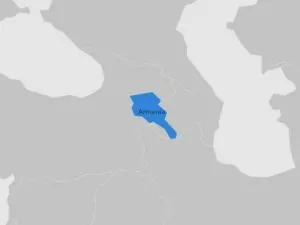
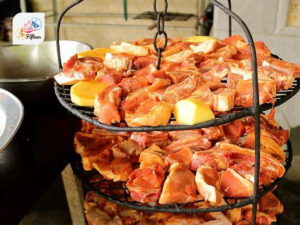
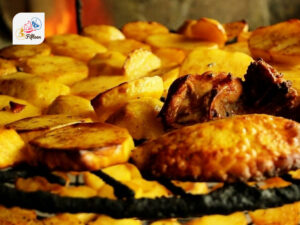
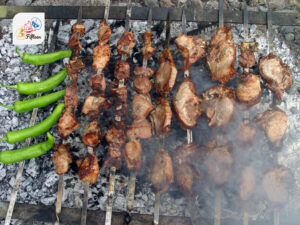
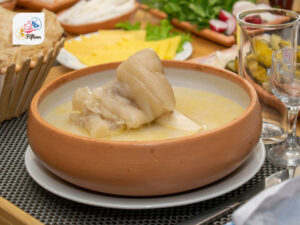
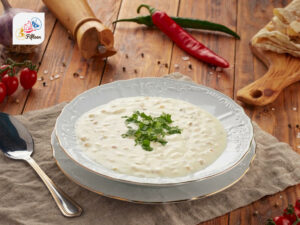
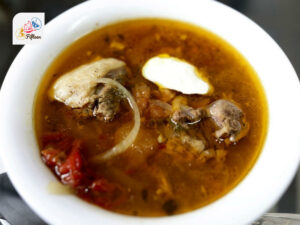
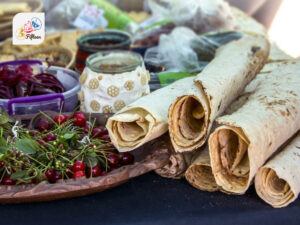
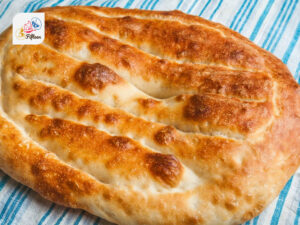
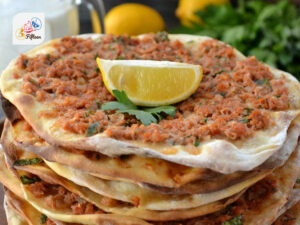

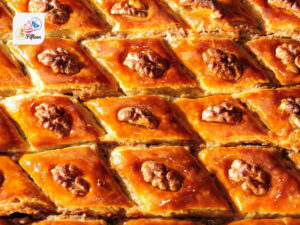
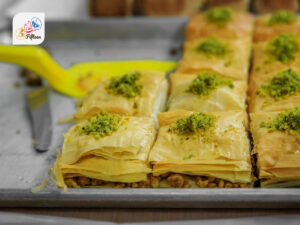
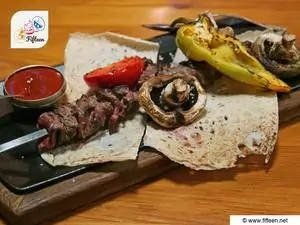
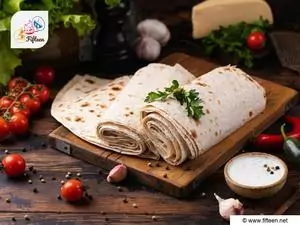
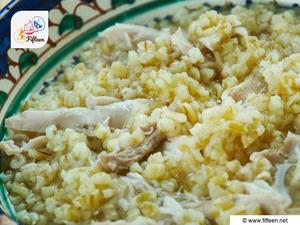
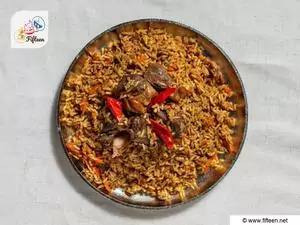
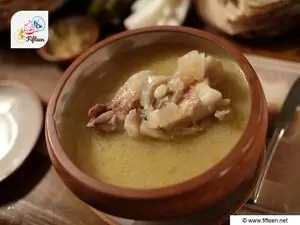
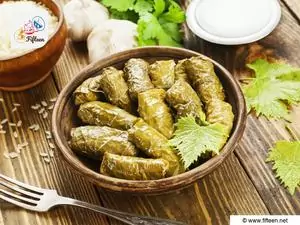
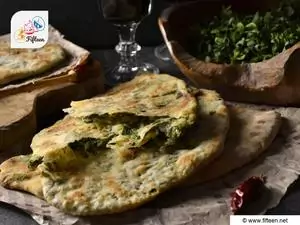

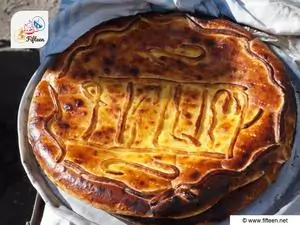
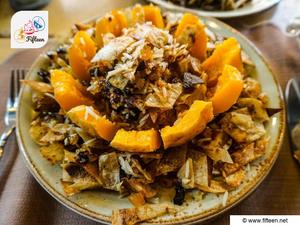
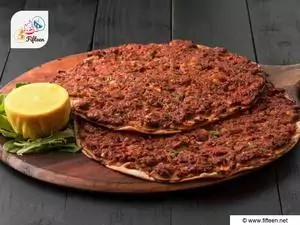
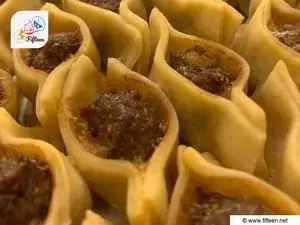
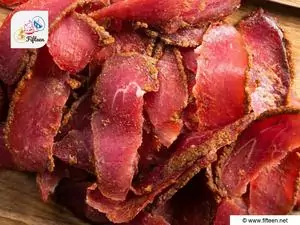
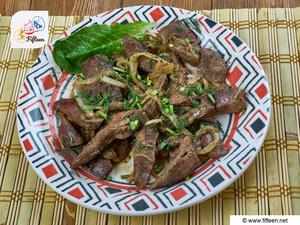
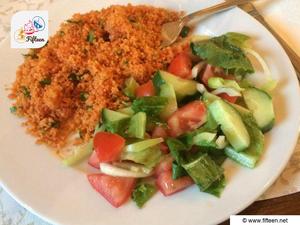
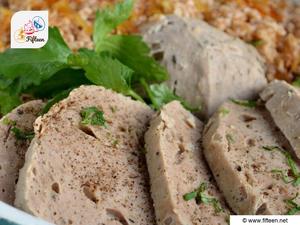
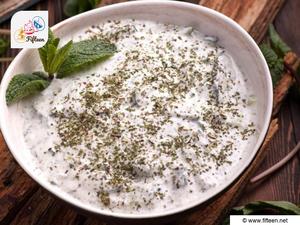
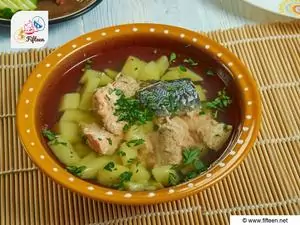
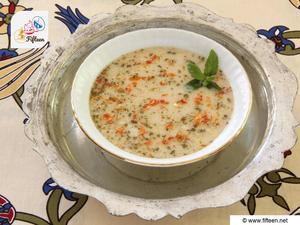
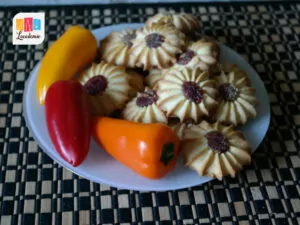
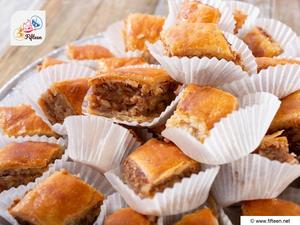
Jamie Scott
Editor in Chief, Senior Content Writer
Expertise
Home Cooking, Meal Planning, Recipe Development, Baking and Pastry, Food Editor, Cooking-video Maker, Western Food Evaluation Expert
Education
Le Cordon Bleu College of Culinary Arts
Local Community College, New York, NY
Jamie Scott is a skilled culinary expert and content creator specializing in Western cuisine. With over 15 years in the culinary field and formal training from Le Cordon Bleu, Paris, Jamie deeply understands how to blend nutrition with delicious flavors. His passion for cooking matches his commitment to making healthy eating accessible and enjoyable.
On Fifteen.net, Jamie brings a fresh perspective to classic dishes and beverages, offering readers insightful recipes, cooking tips, and a fresh view on meal planning that emphasizes taste, health, and simplicity.